Dec 14 2023
Deep South – A Neuromorphic Supercomputer
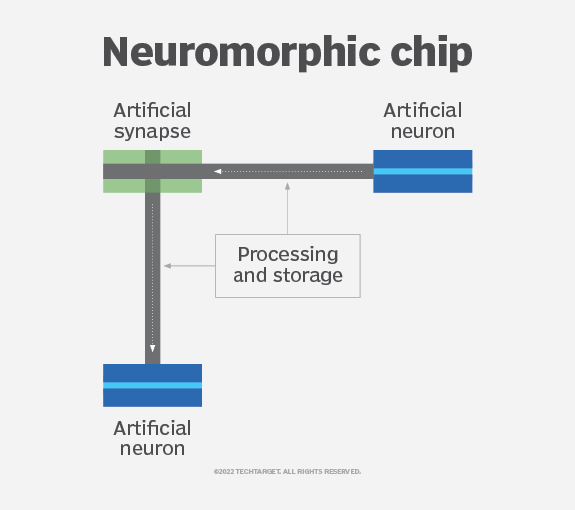 Australian researchers at the International Centre for Neuromorphic Systems (ICNS) at Western Sydney University have announced they are building what they are calling Deep South (based on IBM’s Deep Blue). This will be the world’s largest neuromorphic supercomputer, with 228 trillion synaptic operations per second. This won’t be the fastest supercomputer in the world, which is currently reaching the exascale with quintillions of operations per second. So then what’s the big deal? It probably has something to do with the “neuromorphic” part.
Australian researchers at the International Centre for Neuromorphic Systems (ICNS) at Western Sydney University have announced they are building what they are calling Deep South (based on IBM’s Deep Blue). This will be the world’s largest neuromorphic supercomputer, with 228 trillion synaptic operations per second. This won’t be the fastest supercomputer in the world, which is currently reaching the exascale with quintillions of operations per second. So then what’s the big deal? It probably has something to do with the “neuromorphic” part.
The basic definition of a neuromorphic computer is one based on or inspired by the design of biological systems – something more closely resembling neurons and synapses. Conventional computers have central processing units and separate memory storage. But they seem to get the job done. Neuromorphic computers have components that function more like neurons and synapses which are both memory and processing at the same time. Also, the process is massively parallel and distributed. But if this is not necessarily faster than conventional computers, why bother?
There are two reasons, but the first is efficiency. The human brain is a powerful computer, and yet it operates only 20 watts of power. That is incredibly more energy efficient than any computer, and researchers believe this is because of the architecture. Right now specific computer applications use the energy of small countries. Crypto uses 127 terawatt hours per year, more than Norway. Data centers use 340 TWh. A Chat GPT query uses 15 times the energy as a normal Google query, and again is already getting to small-country levels of energy use. The AI revolution, whatever else you may think about it, is energy hungry.

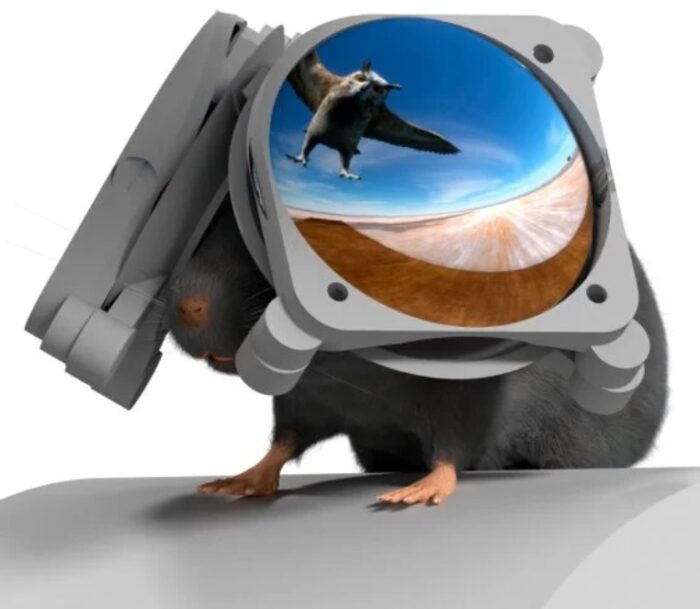 Scientists have developed
Scientists have developed 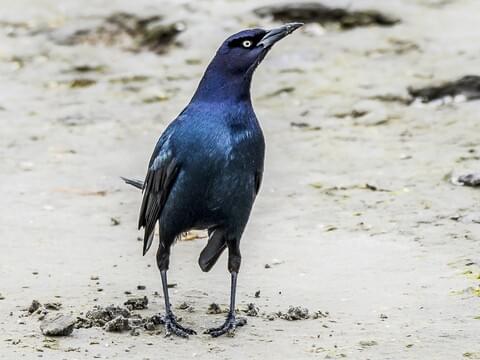
 Remember the 1980 film,
Remember the 1980 film,  One of the greatest mysteries of modern science is how to unite the two overarching theories of physics – quantum mechanics and general relativity. If physicists could somehow unite these two theories, which currently do not play well together, then we might get to a deeper “one theory to rule them all.”
One of the greatest mysteries of modern science is how to unite the two overarching theories of physics – quantum mechanics and general relativity. If physicists could somehow unite these two theories, which currently do not play well together, then we might get to a deeper “one theory to rule them all.”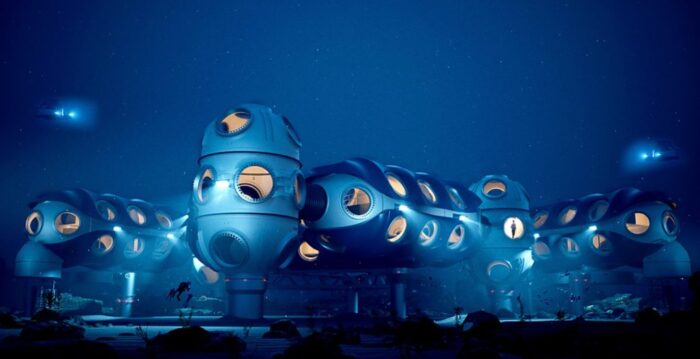 One of my favorite recent video games is Subnautica, in which you have to survive almost entirely under a vast alien ocean. You have the advantage of advanced technology, but even then you are under constant threat of running out of oxygen, or having your habitat implode because it was not sufficiently reinforced. You are mostly working in brief increments and shallow depths.
One of my favorite recent video games is Subnautica, in which you have to survive almost entirely under a vast alien ocean. You have the advantage of advanced technology, but even then you are under constant threat of running out of oxygen, or having your habitat implode because it was not sufficiently reinforced. You are mostly working in brief increments and shallow depths. Let’s dive head first into one of the internet’s most contentious questions – do we have true free will? This comes up not infrequently whenever I write here about neuroscience, most recently when
Let’s dive head first into one of the internet’s most contentious questions – do we have true free will? This comes up not infrequently whenever I write here about neuroscience, most recently when 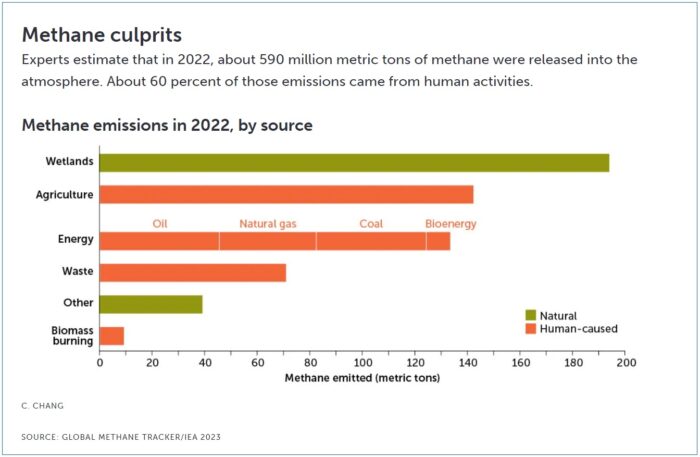 Methane is the forgotten greenhouse gas (sort of). Often, when discussing how best to reduce anthropogenic climate change, we talk about decarbonizing our electrical and transport sectors, and carbon removal. But methane is also a greenhouse gas, contributing to global warming, and we cannot afford to ignore it.
Methane is the forgotten greenhouse gas (sort of). Often, when discussing how best to reduce anthropogenic climate change, we talk about decarbonizing our electrical and transport sectors, and carbon removal. But methane is also a greenhouse gas, contributing to global warming, and we cannot afford to ignore it.  In my second book (shameless plug alert) –
In my second book (shameless plug alert) –  There are several technologies which seem likely to be transformative in the coming decades. Genetic bioengineering gives us the ability to control the basic machinery of life, including ourselves. Artificial intelligence is a suite of active, learning, information tools. Robotics continues its steady advance, and is increasingly reaching into the micro-scale. The world is becoming more and more digital, based upon information, and our ability to translate that information into physical reality is also increasing.
There are several technologies which seem likely to be transformative in the coming decades. Genetic bioengineering gives us the ability to control the basic machinery of life, including ourselves. Artificial intelligence is a suite of active, learning, information tools. Robotics continues its steady advance, and is increasingly reaching into the micro-scale. The world is becoming more and more digital, based upon information, and our ability to translate that information into physical reality is also increasing.




